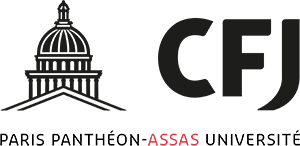Our history
We have come a long way since 1946, when the CFJ was just starting out, and all our students (whose ages ranged from 20 to over 30) were former members of the French Résistance. A lot of them were in employment and studied only at the end of the day, or in the evening; we only had one typewriter at the time. Since then, several successive technological revolutions have completely transformed the world of education.
This said, students both past and present are kindred spirits with the same aims as when the school was founded by Philippe Viannay and Jacques Richet.
“The CFPJ was undoubtedly one of his greatest triumphs. (Viannay) liked to say the school came about without any conscious decision on his part. He just ‘realized’ once German forces left France that it was vital to reclaim freedom, starting with its initial form: freedom of speech”, wrote Louis-Guy Gayan, Managing Director of the CFPJ, at Viannay’s death in 1986.
Fathered by the French Résistance
The founders of the CFJ were no strangers to journalism. They had worked for the underground newspaper Défense de la France during the war. Forty-seven issues were printed, the first on the 14th of July, 1941, the last just before the liberation of Paris. There was a limited staff, mostly Sorbonne students, and they wrote using pen-names such as ‘Indomitus’ (Philippe Viannay) and ‘Gallia’ (Geneviève de Gaulle).
As an epigraph to his first article, Viannay printed a maxim dear to the philosopher Blaise Pascal’s heart: “I only believe in stories whose witnesses risk execution”. Often quoted thereafter, this was to become the newspaper’s motto.
Often quoted thereafter, this was to become the newspaper’s motto.
In 1943, circulation of the paper rose to 100,000 copies, then 450,000 in January 1944. This increase was driven in part by Jacques Richet, the CFJ’s future secretary general.
In late 1944, Défense de la France changed its name to France-Soir, aiming to become a popular daily newspaper. The team hired Pierre Lazareff, who had worked for Paris-Soir before the war and was just back from the States. In 1947, France-Soir was the best-selling regional and national newspaper. However, various financial difficulties, as well as the publishing group Hachette’s control over the paper, stopped Vianney and his acolytes achieving their ambition.
“I only believe in stories whose witnesses risk execution.”
Philippe Viannay, a journalist with a vision
In 1945, Jacques Richet and Philippe Vianney founded the Centre de formation internationale to provide professional training for men and women – including a group of journalists – who had lived through the times of deportation and the French Résistance. Richet and Viannay believed that reporting information was a career choice with its own rules and demands, and they therefore developed teaching methods rooted in reality.
Bernard Voyenne, a former 1st year teacher, remembers how reluctant journalists were to acknowledge the need for a school “The peremptory assertion ‘journalism can’t be taught’, at best requalified as ‘you learn journalism on the job’, was still the axiom of professionals who had not benefited from a proper education (for good reason) and who felt threatened by the idea of providing one”.
After Jacques Richet died at sea in 1953, Philippe Viannay continued to fine-tune the CFJ’s teaching methods, taking a firm knowledge of history as his base. He taught the first classes himself and then entrusted them to historians such as Denis Richet, Jacques Julliard, Jacques Ozouf, François Furet and Jean-Pierre Azéma. “Viannay called on history to pin down minds which were inclined to wander”, soulignait l’historienne Mona Ozouf en 1996.
The CFJ’s teaching methods require a firm knowledge of history, in Viannay’s opinion
Multidisciplinary and innovative classes
As part of the drive to equip future journalists with the best possible skills as well as an open mind, a business module was later added to the degree programme. In the late 40s, Jacques Richet had pointed out the growing importance of business journalism and believed that all journalists needed a basic knowledge of the economy. The programme also included a module about justice and the police as well as offering language classes.
“Journalists have an overriding need to understand society and the different strata which make it up”, stated Claire Richet and Philippe Vianney at the school’s 40th anniversary.
At a later date, the founders developed links with universities in order to give the school a professional outlook without succumbing to corporatism.
In agreement with Louis Guéry’s principle that learning is a life-long experience, Viannay opened the Centre de Perfectionnement des Journalistes in 1969.
In 1974, when reporting information was considered a way of reinforcing cultural and social unity in Europe, Hubert Beuve-Méryet and Philippe Viannay founded the training centre Journalistes en Europe.
“The great enemies of our time are indifference and ignorance, which pave the way for lies, hatred and conflict. Journalists can take action against this”, declared Viannay (10th anniversary speech).
“Journalists need to understand society”
The first course for video reporters
In, 1984 the CFJ was the first school in France to set up a ‘video reporting’ department, after having been the first to put into place a digitized reporting system at Philippe Viannay’s behest.
“His work in the fields of education, vocational training, journalism courses, environmental preservation; his efforts to involve the layman more in state decisions, his drive to improve understanding of the business world, his concern with developing international exchanges and the support he gave to several newspapers are all different aspects of a life dedicated to fighting for one single cause: freedom”, wrote Armelle Thoraval in 1986.
“He dedicated his life to fighting for one single cause: freedom.”
A new school at a new address
The CFJ has continued to innovate and striven to stay ahead of technical progress. In 2000, we rolled out a multimedia course whose students soon had access to a fully equipped newsroom. Working alongside, and sometimes ahead of, media developments over the last few years, we have continually updated our degree programme, but also the way in which we teach the skills now considered essential by professionals. Today, project work is a basic requirement, and our young journalists must learn to be autonomous. Acquiring fundamental digital basics (which include selecting the right business model), however changeable they may be, is a major focus.
In 2016, the CFJ set up a new university-level school in the field of digital content and creation. Ecole W offers a three year long course in digital careers, including journalism. Our premises on rue du Louvre being too small to welcome W’s 200 students, both schools moved to a new campus in the summer of 2016 and are now to be found at 210, rue du Faubourg Saint-Antoine in the 12th arrondissement of Paris. (Learn more about our premises).
Also in 2016, the CFJ, still a precursor, launched a course in new visual communication techniques and MoJo (Mobile Journalism). In 2017, taking our knowledge of journalism courses and market expectations as a base, Ecole W introduced a course to help candidates prepare for the entrance exams to different journalism schools, as well as a career taster course.
MoJo is today’s new buzz word, but the CFJ has remained faithful to its original values
Over the years, the successive managing directors of the CFJ have striven to stay on track and perpetuate the school’s influence by respecting the principle articulated by Jacques Richet in a 1953 report: “We must not seek out people with the ability to follow our classes, but people with the ability to become journalists”.
Bibliography
- Philippe Viannay, Du bon usage de la France : Résistance, Journalisme, Glénans (pour mémoire), Paris, Ramsay, 1988, 441 p., 24cm (ISBN 2859566899).
- Olivier Wieviorka, Une certaine idée de la Résistance. Le mouvement Défense de la France, Gallimard, 1995.
- Philippe Viannay, le rebelle et le visionnaire, a documentary by Laurent Gomes and François Gauducheau (2018)
Le média de la 77e qui vous plonge au cœur des Pays-Bas
L'EUROPE A PERTE DE VUELe dossier spécial de la majeure newsroom de la 77e
MOULALe média éphémère sur Instagram de la 76e promo Local/Global
LUNDI DE L'INALe « Lundi de l’Ina » dédié à la protection des océans, organisé par la 77e et l’Ina
POLSKALe magazine de la 77e promo à Varsovie
WL'école post-bac
 |
Établissement d’enseignement supérieur privé 210 Rue du Faubourg Saint-Antoine 75012 Paris 01 44 09 42 02 |

210 Rue du Faubourg Saint-Antoine
75012 Paris
01 44 09 42 02
.svg) |
Nous trouver |
